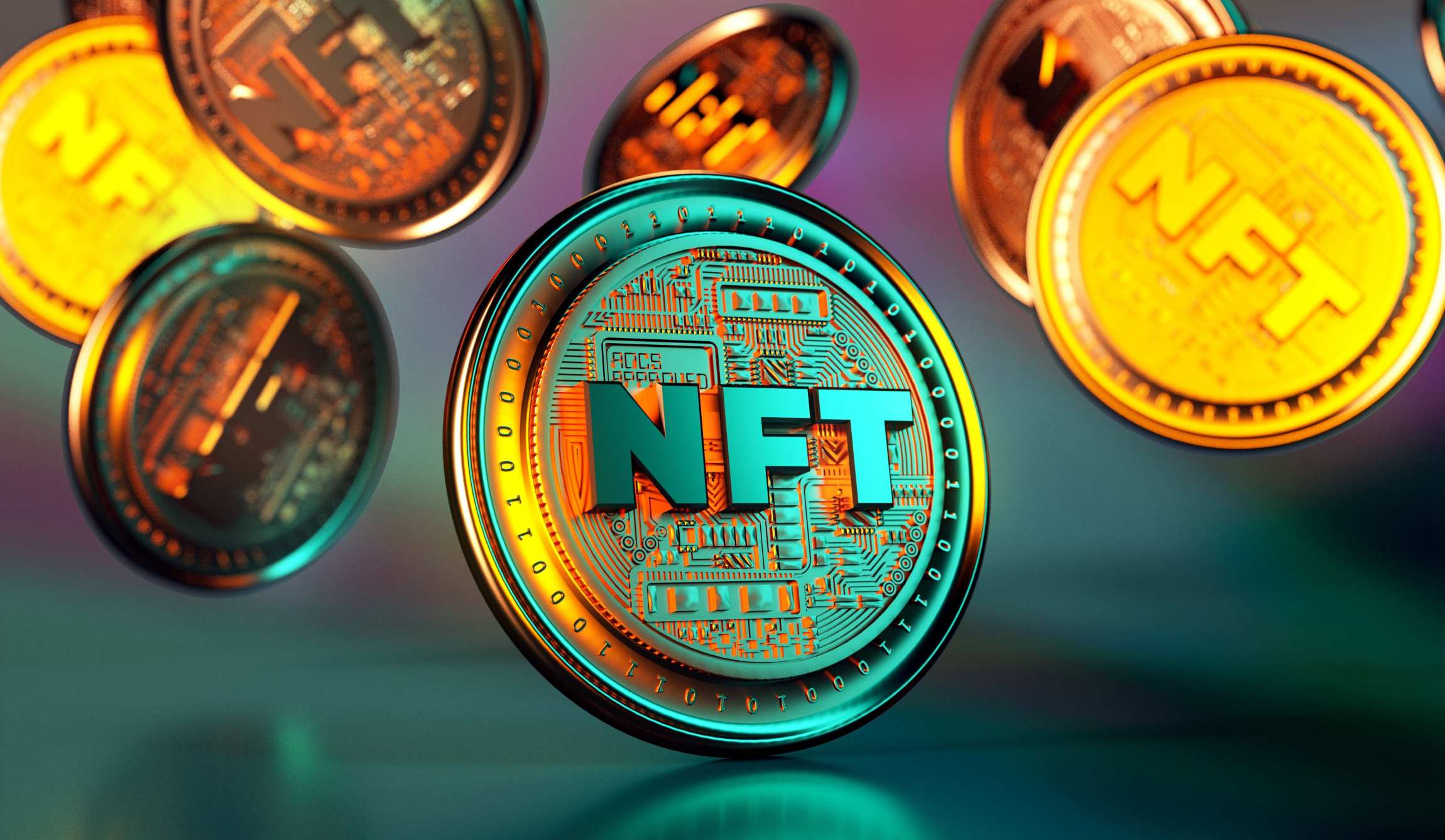
NFTs, or non-fungible tokens, have emerged as a disruptive force in the world of marketing. These unique digital assets have gained significant attention and have been increasingly adopted in recent years. NFTs present new opportunities for businesses to engage with their audience, create brand value, and monetize digital content. In this article, we will explore the role of NFTs in marketing and the potential benefits and challenges they bring.
Digitally UniqueNFTs provide a novel way for brands to interact with consumers and stand out in a crowded digital landscape. These tokens are based on blockchain technology, which ensures their authenticity, scarcity, and provenance. By leveraging NFTs, marketers can offer exclusive, limited-edition digital items such as artwork, music, collectibles, virtual real estate, and more. Such uniqueness and scarcity create a sense of value and exclusivity, enticing consumers to participate and/or buy such tokens.
Monetization PotentialOne of the significant advantages of NFTs in marketing is their ability to create new revenue streams. Brands can monetize their digital assets by selling NFTs directly to consumers. Marketers may also partner with artists, influencers, or creators to develop co-branded NFTs. The sale of these tokens can generate substantial profits, as seen in high-profile examples where digital artworks have fetched millions of dollars at auctions. This revenue can be reinvested into marketing campaigns, product development, or philanthropic initiatives, enhancing brand visibility and reputation.
Building Customer LoyaltyNFTs offer marketers a unique opportunity to strengthen customer loyalty and engagement. By offering their unique tokens as rewards, incentives, or membership perks, brands can cultivate a dedicated community of enthusiasts and collectors. These tokens can grant access to exclusive content, virtual experiences, or special events, fostering a deeper connection between the brand and its most passionate followers. The ownership and display of NFTs also serve as a status symbol, allowing individuals to showcase their affiliation with a brand or community.
Transparency and TraceabilityNFTs can facilitate transparent and traceable ownership of a marketer’s digital assets. Blockchain technology ensures the provenance and authenticity of each token, eliminating concerns about counterfeit or unauthorized reproduction. This would help marketers track the ownership and transfer of their NFTs, providing valuable insights into consumer behavior, preferences, and market trends. This data can aid marketers in developing future marketing strategies, attractive content, and personalized experiences tailored to specific consumer segments.
Integrating NFTs into marketing strategies also comes with challenges.
High Energy ConsumptionThe current environmental impact of blockchain technology, particularly in terms of energy consumption, has raised concerns. The carbon footprint associated with minting and trading NFTs has led to debates around sustainability and the need for more eco-friendly solutions. Brands must consider these factors and explore greener alternatives, such as blockchain networks that consume relatively low amounts of energy or conduct carbon offsetting initiatives.
Diminishing UniquenessThe rapid growth of the NFT market has led to the saturation of content and potential dilution of brand value. With countless NFTs being minted daily, marketers need to stand out and capture consumer attention via thoughtful curation, unique offerings, and a strong brand narrative. Marketers must carefully consider their objectives and target audience, and align NFT offerings with their brand identity to ensure authenticity and resonance with consumers.
Copyright and Intellectual Property IssuesNFTs are under speculation due to issues relating to copyright and intellectual property rights. NFTs can provide a means for creators to monetize their digital content. But there have been instances where NFTs were minted without the consent of the original creators or without proper attribution. As a result, there are concerns, especially from artists and content creators, on the potential for fraud, with the need for clearer guidelines and legal protection.
Accessibility and InclusivityNFT ownership is often associated with high transaction fees and costs, which are likely to limit accessibility for less-popular artists or individuals with limited financial resources. Moreover, the complex technical requirements and understanding of blockchain technology may create barriers to entry, making it challenging for many marketers to leverage the benefits of NFTs. These issues can hinder the potential of NFTs as marketing tools.
NFTs present exciting possibilities for brands to enhance their marketing efforts, revenue streams, and customer engagement. By leveraging blockchain technology, brands can create unique digital assets that captivate audiences and drive brand loyalty. However, marketers must address environmental concerns and navigate the competitive landscape to make the most of this emerging trend. As NFTs continue to evolve, marketers need to stay adaptable, innovative, and customer-centric to leverage the full potential of this transformative technology.
Superlative responsiveness and creativity. The professionals with whom we have worked have been significantly responsive.